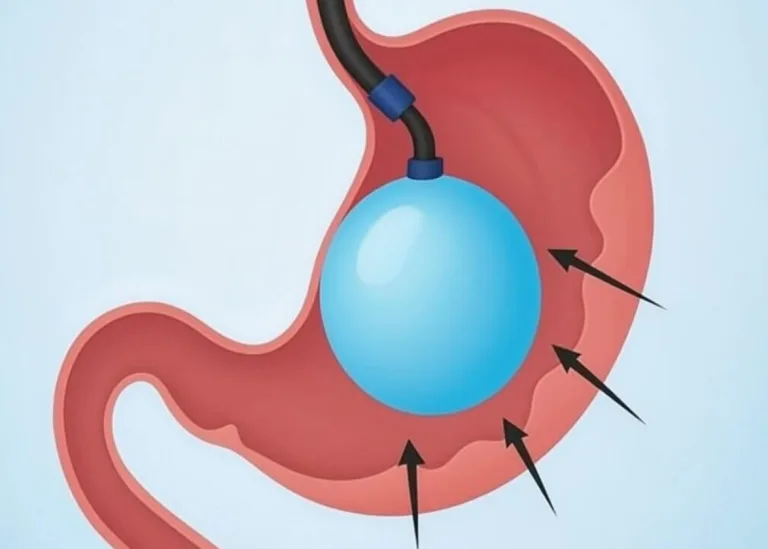How to Install and Optimize a Drip Irrigation System
Keeping your landscaping healthy doesn’t have to mean sky-high water bills or endless upkeep. If you’re ready for something smarter, consider a drip irrigation system—a simple solution that delivers water exactly where plants need it most, without waste or hassle.
Whether you’re tending to a backyard vegetable garden or managing landscape maintenance for a larger property, this guide walks you through the basics of setup, optimization, and long-term care.
What Is a Drip Irrigation System?
Unlike traditional sprinklers that spray water across wide areas, drip irrigation uses a system of tubing and emitters to slowly deliver water directly to the base of your plants. This highly targeted approach minimizes evaporation and runoff while promoting healthier root systems.
Why It Works:
- Delivers moisture at soil level where roots can absorb it
- Prevents foliage diseases caused by overhead watering
- Reduces water usage by up to 50%
- Ideal for flower beds, shrubs, containers, and residential landscaping
Drip systems are versatile enough to fit into almost any design—from compact yards to large estates, and even grass alternatives like native plants or xeriscapes.
Plan Before You Dig
Before heading to the hardware store, walk your property and map out where water is needed. Answering a few key questions can help you avoid costly mistakes:
- What types of plants are you watering?
- Are the beds grouped by plant type or mixed?
- Is there a slope on the property?
- Are you dealing with sun exposure differences?
- Are there existing systems in place?
If the layout feels overwhelming or you’re planning a full outdoor renovation, it’s worth consulting professionals who specialize in landscape design services kenilworth. They can design an efficient system that integrates seamlessly with your garden, patio, or hardscape layout.
What You’ll Need
Most drip irrigation setups are modular, so you can start small and scale as needed. Typical components include:
- Pressure regulator (prevents tubing blowout)
- Backflow preventer (protects your water supply)
- Filter (especially with well water or dirty lines)
- Mainline tubing (½-inch standard)
- Drip emitters or dripline tubing
- Barbed connectors, tees, and elbows
- Stakes or anchors
- Optional: digital timer or Wi-Fi irrigation controller
You can find kits at most hardware stores or search for irrigation companies near me for larger-scale systems or installation support.
Step-by-Step Installation Guide
- Draw Your Layout
Sketch out your planting zones, noting distances between plants. This helps you calculate tubing and emitter needs. - Connect Your Water Source
Install your backflow preventer, pressure regulator, and filter to a spigot or outdoor hose bib. - Lay the Mainline Tubing
Run tubing along beds and rows where you need consistent coverage. Use stakes to hold it in place. - Branch Out with Emitters
Punch holes in the mainline where needed and insert emitters or connect ¼” tubing to reach individual plants. - Cap the Ends
Use end plugs or figure-eight clamps to seal the line and maintain pressure. - Test and Adjust
Run the system and check for even flow. Adjust emitter placement and swap sizes if some areas need more or less water. - Add a Timer
For truly low-maintenance care, install a programmable timer to manage watering frequency and duration.
Tips for Long-Term Optimization
Even a basic system can perform like a pro setup with regular check-ins and minor upgrades. Here’s how to get the most from your investment:
- Flush lines monthly to remove sediment
- Replace clogged or damaged emitters
- Use mulch to retain moisture and protect tubing
- Adjust zones seasonally—less water in spring/fall, more during summer heat
- Group plants with similar water needs for more efficient zoning
- Inspect fittings during spring and fall as part of your broader landscape maintenance routine
Smart upgrades like rain sensors or moisture meters can also fine-tune performance.
Scaling Up? Here’s When to Call a Pro
If your landscape includes sloped terrain, mature trees, large hardscapes, or a multi-zone layout, a DIY system can become complicated fast. That’s when working with experts in landscape design services kenilworth makes sense.
Professionals can help with:
- Pressure regulation across zones
- Integration with hardscape installation like walkways or patios
- Plant-specific emitter selection
- Smart controller programming
- Seasonal system tuning and winterization
They’ll also know how to work around infrastructure like lighting wires, tree roots, or underground utilities.
Environmental Benefits of Drip Irrigation
Drip irrigation is not only efficient—it’s environmentally responsible. By reducing runoff, it helps protect local watersheds and keeps fertilizers from entering storm drains. For eco-conscious homeowners or HOAs, it’s a smart way to preserve your landscape while lowering your water footprint.
According to the EPA’s WaterSense program, drip systems are among the most effective irrigation methods available. Pairing one with landscape design services kenilworth ensures every element of your yard—from trees to turf—is supported by a water-smart strategy.
FAQs
How often should I water with drip irrigation?
It depends on your plant types and local climate. Generally, 30–60 minutes 2–3 times per week is sufficient, but moisture sensors can fine-tune this.
Can I bury the tubing?
Yes, but only shallowly (1–2 inches). Tubing is usually UV-resistant, but mulch or light soil can help keep it in place and protect it from damage.
Do I need different emitters for different plants?
Yes—larger shrubs or trees may need higher GPH (gallons per hour) emitters than smaller annuals or vegetables.
Can I connect a drip system to my sprinkler timer?
Absolutely. Most modern timers include drip-compatible zones, or you can install a secondary timer dedicated to the drip lines.
Final Takeaway
Installing a drip irrigation system is one of the most impactful ways to simplify your landscaping while protecting the environment. It cuts down on time, waste, and water bills—all while helping your plants thrive.
Whether you’re starting fresh or renovating an older setup, make sure your system is part of a larger vision that includes efficient zoning, proper plant placement, and thoughtful design. That’s where landscape design services kenilworth can help tie it all together.



